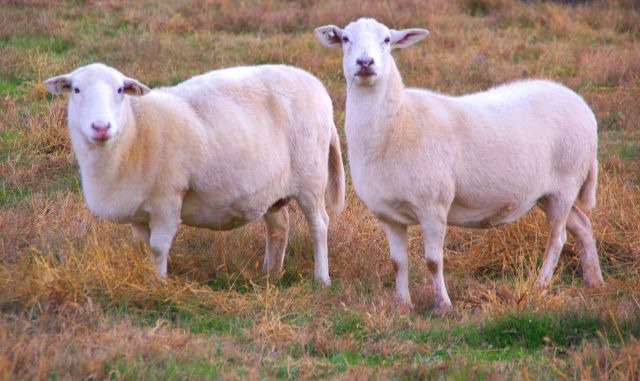Type the name of the breed you're looking for below
[wpdreams_ajaxsearchlite] Don't see the breed your're looking for? Click here and let us know!
Katahdin sheep
| Place of Origin | United States |
| Origin | The Katahdin is a breed of domestic sheep developed in Maine, USA and named after Mount Katahdin - the highest peak in Maine. The breed was developed during in the second half of the 20th century by Michael Piel who, after reading an article in the February 1956 National Geographic, imported selected St. Croix sheep chosen by Dr. Richard Marshall Bond, Director of the Virgin Islands branch of the U.S.D.A., and crossed them with various other breeds including the Suffolk, selecting lambs based on hair coat, meat-type conformation, high fertility, and flocking instinct. |
| Purpose | Meat |
| Characteristics | The Katahdin sheep breed was the first in the United States to reach sheep industry standards of carcass quality. The average Katahdin ewe weight is 120 to 160 pounds (54 to 72 kg) and the ram's weight is 180 to 250 (82 to 113 kg). Most Katahdin ewes will have a 200% lamb crop. The Katahdin sheds its winter coat, and so does not have to be sheared. The Katahdin's hair can come in any color as the emphasis of the breed is on production rather than appearance. When Katahdins are crossed with wool sheep, their offsping will usually have a mix of predominantly wool with some hair. The Katahdin's popularity in the USA has increased in recent years due to low wool prices and high shearing costs. This, combined with the fact that the Katahdin sheep breed is also resistant to parasites - a trait inherited from its St. Croix ancestors - makes the breed a highly productive, low-cost option for commercial shepherds. |



